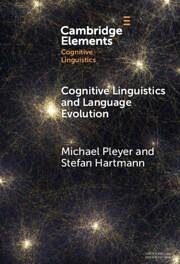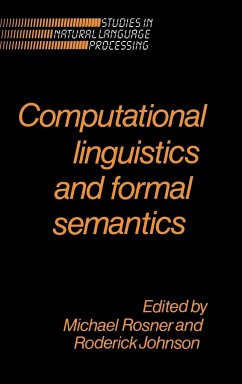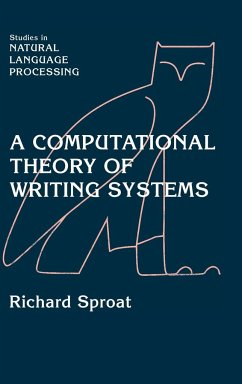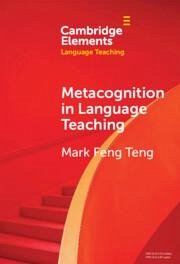
Computational Construction Grammar
A Usage-Based Approach

PAYBACK Punkte
35 °P sammeln!
This Element introduces a usage-based computational approach to Construction Grammar that draws on techniques from natural language processing and unsupervised machine learning. This work explores how to represent constructions, how to learn constructions from a corpus, and how to arrange the constructions in a grammar as a network. From a theoretical perspective, this Element examines how construction grammars emerge from usage alone as complex systems, with slot-constraints learned at the same time that constructions are learned. From a practical perspective, this work is accompanied by a Py...
This Element introduces a usage-based computational approach to Construction Grammar that draws on techniques from natural language processing and unsupervised machine learning. This work explores how to represent constructions, how to learn constructions from a corpus, and how to arrange the constructions in a grammar as a network. From a theoretical perspective, this Element examines how construction grammars emerge from usage alone as complex systems, with slot-constraints learned at the same time that constructions are learned. From a practical perspective, this work is accompanied by a Python package which enables linguists to incorporate construction grammars into their own corpus-based work. The computational experiments in this Element are important for testing the learnability, variability, and confirmability of Construction Grammar as a theory of language. All code examples will leverage the cloud computing platform Code Ocean to guide readers through implementation of these algorithms.














